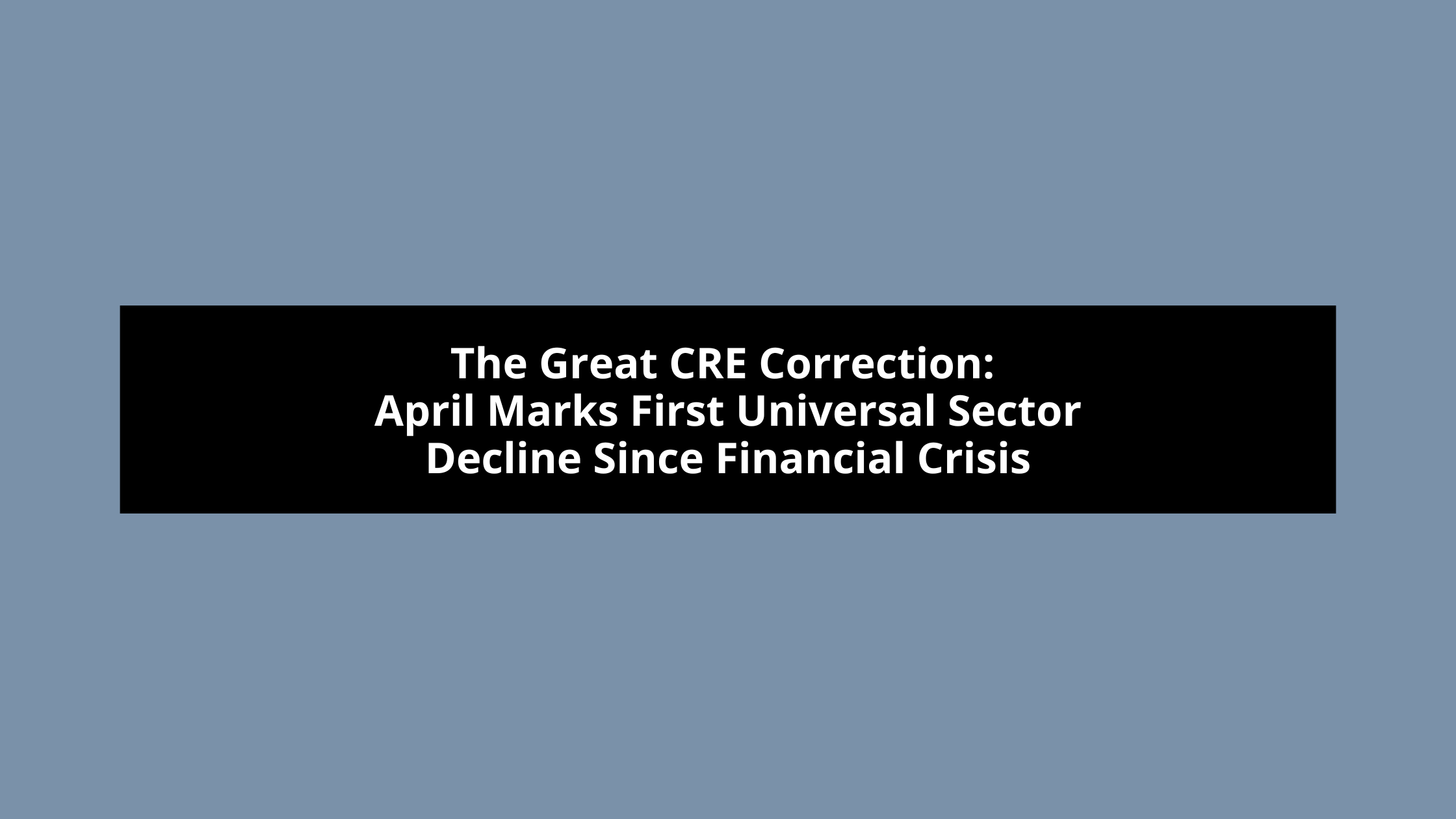Guide For Managing Rising Office-Loan Default Challenges: Insights from a Seasoned Commercial Title Real Estate Attorney
Baltimore, MD & West Palm Beach, FL (May 14, 2024) — As a seasoned commercial title real estate attorney deeply entrenched in the intricate world of commercial real estate transactions, I’ve witnessed firsthand the recent surge in defaults plaguing the office market. The numbers are staggering: Over $38 billion worth of U.S. office buildings teeter on the edge of loan defaults, foreclosures, or distress, marking the highest level of financial uncertainty since 2012.
This seismic shift is not merely a blip on the radar; it’s a profound indication of the challenges gripping the office market. Owners, once confident in their ability to weather economic storms, now find themselves grappling with persistently high interest rates and anemic demand—a perfect storm of financial stressors.
According to data from MSCI, the looming threat of defaults encompasses a broad spectrum of office properties, representing the highest figure recorded since the aftermath of the 2008-2009 financial crisis. This sobering reality underscores the urgent need for strategic action and prudent decision-making within the industry.
Dramatic Decline in Payout Rates: Rising Office-Loan Default Challenges
One of the most alarming trends is the sluggish pace at which office owners are repaying their loans. Previously, the majority of office loans were promptly settled upon maturity. However, recent data from Moody’s reveals a dramatic decline in payoff rates, plummeting from over 90% in 2021 to a mere 35% in the past year—a historic low that underscores the magnitude of the crisis at hand.
The root of this predicament lies in the confluence of factors, chief among them being the prevailing high interest rates. Unlike previous eras of lower interest rates, today’s commercial-property owners are grappling with exorbitant borrowing costs, exacerbating financial strains across the board.
Compounding these challenges is the lingering impact of the COVID-19 pandemic. The pandemic has reshaped the landscape of office dynamics. Remote work arrangements and shifting perceptions of workspace requirements have led to a precipitous drop in demand—a stark departure from the norm.
As tenants cautiously navigate the market, they are increasingly scrutinizing the financial stability of landlords, acutely aware of the risks posed by default scenarios. In this climate of uncertainty, landlords must demonstrate their capacity to weather financial storms and uphold their commitments to tenants—a critical factor in fostering trust and securing long-term leases.
Looking ahead, the road to recovery appears fraught with obstacles. With a staggering $18 billion of office loans set to mature in the next 12 months, the specter of refinancing challenges looms large. Additionally, Moody’s projections paint a grim picture, with an estimated 73% of loans deemed difficult to refinance due to various property-specific factors.
Opportunities Ahead
Despite these challenges, opportunities for strategic investment abound. Savvy investors attuned to market dynamics are capitalizing on discounted office properties, leveraging their expertise to navigate the complexities of distressed assets and unlock untapped value.
The current landscape of office-loan defaults demands a proactive and informed approach from stakeholders across the board. As a seasoned commercial title real estate attorney specializing in navigating commercial title insurance, foreclosures, and breaches, I urge industry players to exercise diligence, foresight, and adaptability in navigating these turbulent waters. By embracing innovation, leveraging expertise, and prioritizing prudent decision-making, we can emerge stronger and more resilient in the face of adversity.
Myles Lichtenberg, Esq., is a recognized leader in the real estate title insurance industry. Since 1979, Mr. Lichtenberg, and his amazing team, have conducted well over 27,000+ real estate title transactions and over $16 Billion Dollars of settled transactions, involving just about every type and variety of real estate configuration — from commercial to residential, from complex to simple and from single-state to multi-state portfolios.


